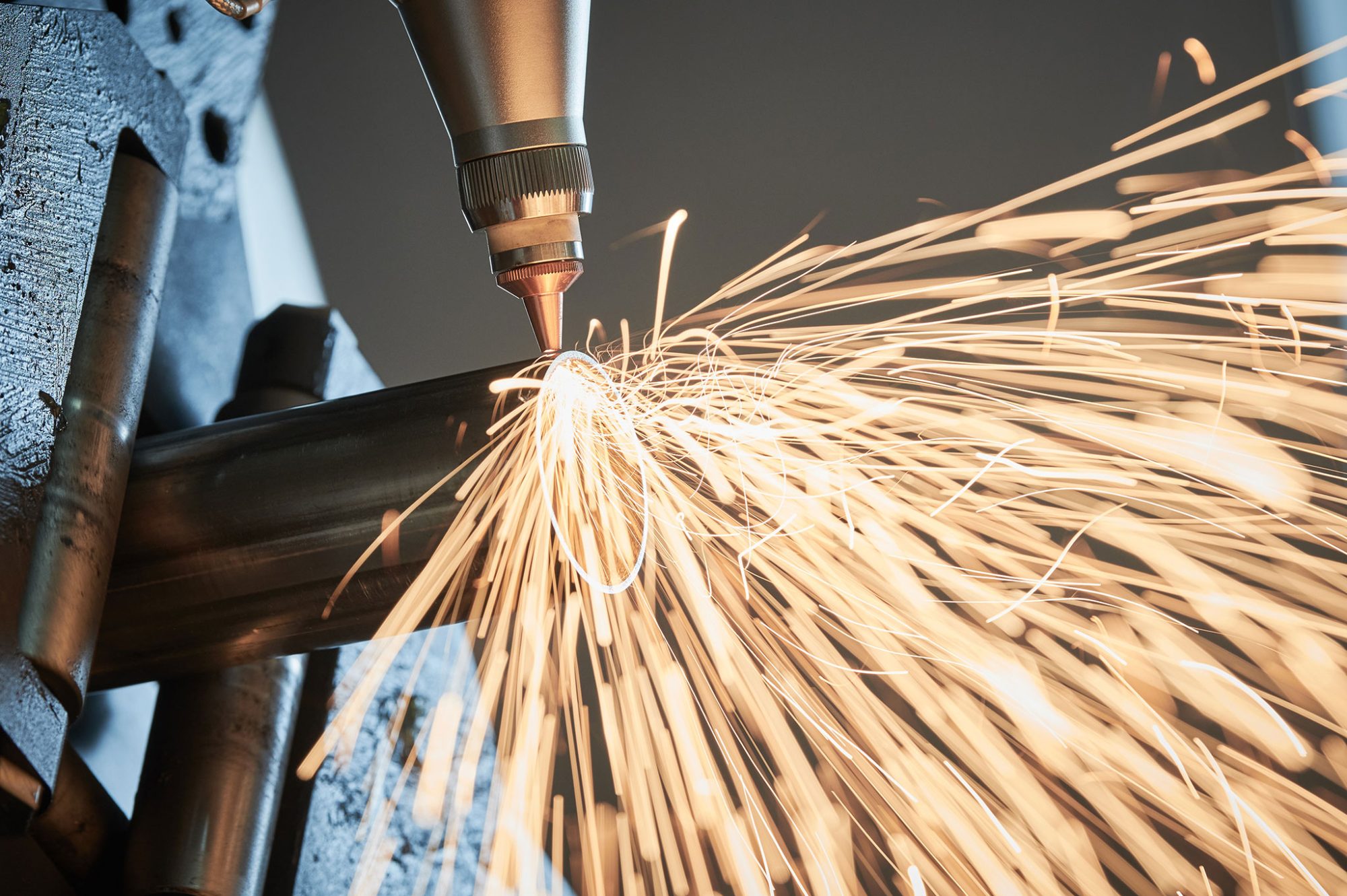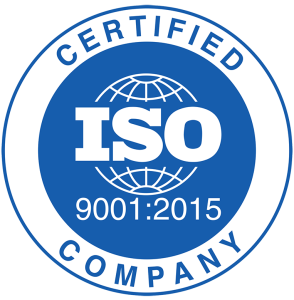At Union Steel Tubes we have very high standards and work to deliver consistent, high quality tubing. We can do this by ensuring we only use the best raw materials and have exceptional equipment and tooling. If you want the most reliable ERW steel tubes West Midlands has to offer, you can get them from us.
As we said above, one thing we always look at is the quality of the steel we use. It can have a huge bearing on how good the tubes are. Plus, it has an impact on the overall cost. A number of different processes are crucial to ensuring steels are going to meet our needs. One of them we want to look at today is vacuum degassing.
Solving a long running issue
The earliest examples of steel are thousands of years old, dating all the way back to 1800 BC. Since then it has become one of the most important industries in the world and is often an indicator of economic progress. However, until the early 20th century there were concerns about the quality. Steels could be full of defects and unsuitable for use.
 One of the biggest causes of the quality issues was the inclusion of dissolved gases in the molten steel. Hydrogen inclusion would result in porosity as well as the creation of pinholes. It could have a big impact on the yield strength. Nitrogen would have an impact on the ductility, making the steels more brittle.
One of the biggest causes of the quality issues was the inclusion of dissolved gases in the molten steel. Hydrogen inclusion would result in porosity as well as the creation of pinholes. It could have a big impact on the yield strength. Nitrogen would have an impact on the ductility, making the steels more brittle.
The problem with the gas inclusion was that they would be dissolved in the molten steel. However, during solidification the gases would release because of their low solubility. The end result was defects in the steel.
It was clear to producers that they had to tackle the issue. One suggestion was to use a vacuum to remove the gases from the molten steel. The first trials of vacuum degassing began in 1940. Industrial scale tests began in 1952 and 1954 in the USSR and Germany respectively. By 1960 there were new, more efficient methods. Then, later in the 60s additional processes became available that could also remove oxygen and carbon to create low-carbon steels.
Modern steel production
Since the 80s vacuum degassing has been a mainstay of steel production. It allows the creation of much higher quality steels with fewer imperfections and impurities. Most importantly, the materials can be more homogeneous with better ductility.
Surprisingly, the vacuum degassing method has also had an impact on the economics of steel. The efficient removal of elements can actually shorten the smelting cycle. As a result producers can pump out resources much faster and for a lower cost. Removing the elements like this also means there is not as great a need for alloying additives. That can bring the costs down too.
Ordering high quality ERW steel tubes in the West Midlands
It is processes like vacuum degassing that can help us deliver such great tubing. They make the raw materials we work with better so in turn there will be fewer issues when we roll coils of steel and weld to create tube. Fewer imperfections like porosity can also make the welds better.
So, if you want to use the best ERW steel tubes West Midlands can offer, speak to us. We make them at our mill and have a large stock with options in different diameters, wall thicknesses, and shapes. We even provide cutting to give you bespoke lengths.


